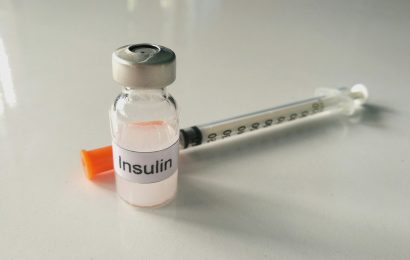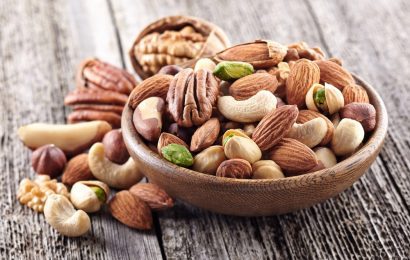The case for bitter melon in diabetes keeps looking better and better. New information and new products have come out, though there are still no large studies on humans.
To review: Bitter melon is a fruit and a vegetable, nobody can decide which. It grows in most tropical countries in Asia, Africa, Australia, South America, and the Caribbean. It goes by the names bitter melon, bitter gourd, bitter squash, karela, and goya, among many others. The scientific name is Momordica charantia. It seems to lower blood sugar well.
Look at the comments to my 2013 article on bitter melon or read customer reviews for any bitter melon product such as teas or capsules. You will find overwhelming agreement that Momordica works. The main complaints are about taste, and some people get digestive upset, as can happen with metformin.
There seems to be a risk of going too low if you take bitter melon along with certain diabetes medicines such as insulin or a sulfonylurea. There may also be a risk of going low using bitter melon along with metformin. You’ll have to proceed carefully and speak to your health-care provider if you’re on these or other medicines, as bitter melon can interact with a variety of drugs, but a number of readers commented that they lowered their doses or stopped meds completely with their doctor’s approval.
How bitter melon works is not known, but at least three active ingredients have been isolated in the lab. An article in The Open Medicinal Chemistry Journal in 2011 listed multiple chemicals from bitter melon that could lower sugar. The authors believed the strongest chemical was charantin, which appears to act similarly to insulin. It gets glucose into the cells like insulin does and keeps excess glucose in the liver like insulin and metformin do.
It may be that nature developed us to have more than one way to burn glucose, and bitter melon is one of those ways.
How to take it
My article in 2013 focused on bitter melon tea. Many readers commented that juicing a raw bitter melon worked for them. Others suggested chopping it up and nibbling the pieces for snacks, or using it in cooking. The problem with all those natural ways is the taste. Some people like it, but others hate it. Some readers asked about bitter melon capsules, which appear to work well with no taste problems.
Now there are some new ways to get bitter melon. Some might be easier and tastier for you.
One group of these products is called Carela. The company sent me some varieties to try, and they tasted good. The tea comes in six flavors. It is made from chopped up bitter melon mixed with tea leaves and “other ingredients.” Carela coolers are made with liquefied bitter melon and slightly sweetened with sucralose, which does not raise blood sugars or insulin levels. The coolers come in peach and cranberry flavors.
Carela cofounder Daniel Casanas said it took years of work to create a good-tasting drink while maintaining the health benefits of bitter melon. The ingredients are a trade secret, so I can’t estimate the dose of Momordica you will get in each drink.
One user, a woman with Type 1 named Katie Drinkwater, told me she uses Carela to supplement her insulin. She said one 12-ounce bottle lowered her sugars about 100 mg/dl over an hour. A blogger with Type 1 named Libby reported even stronger results. A cooler kept her sugars in normal range for hours even after eating a bagel and cream cheese, which she said had never happened before.
Casanas believes bitter melon will be the next kale — soon, everyone will be eating it. I hope he’s right, because Momordica is one of the world’s great healers. It has been found to have powerful anti-cancer properties in mice, according to Memorial Sloan Kettering Cancer Center. One of our commenters on this site said he started bitter melon tea for glucose control and his adrenal tumor disappeared. Momordica also appears to slow the progression of HIV, the virus that causes AIDS.
I wonder how such a healing plant evolved, or how we evolved to get so much benefit from it. I also wonder why so few people in the West know about it. Why there has been so little research? Hopefully there will be more soon. Carela is raising money for human studies on bitter melon at this site.
Fortunately, we don’t have to wait for large studies if we don’t want to. We’ve got animal and lab studies to give us a hint, and hundreds of thousands of anecdotal reports to get us started. You can read some of these ecstatic reviews here or here or in the comments section of any bitter melon diabetes article. Try it and add your own voice to the chorus.
About to embark on a new journey with a continuous glucose monitor, Scott Coulter has an insight about how to best evaluate the data it will provide. Bookmark DiabetesSelfManagement.com and tune in tomorrow to learn more.





